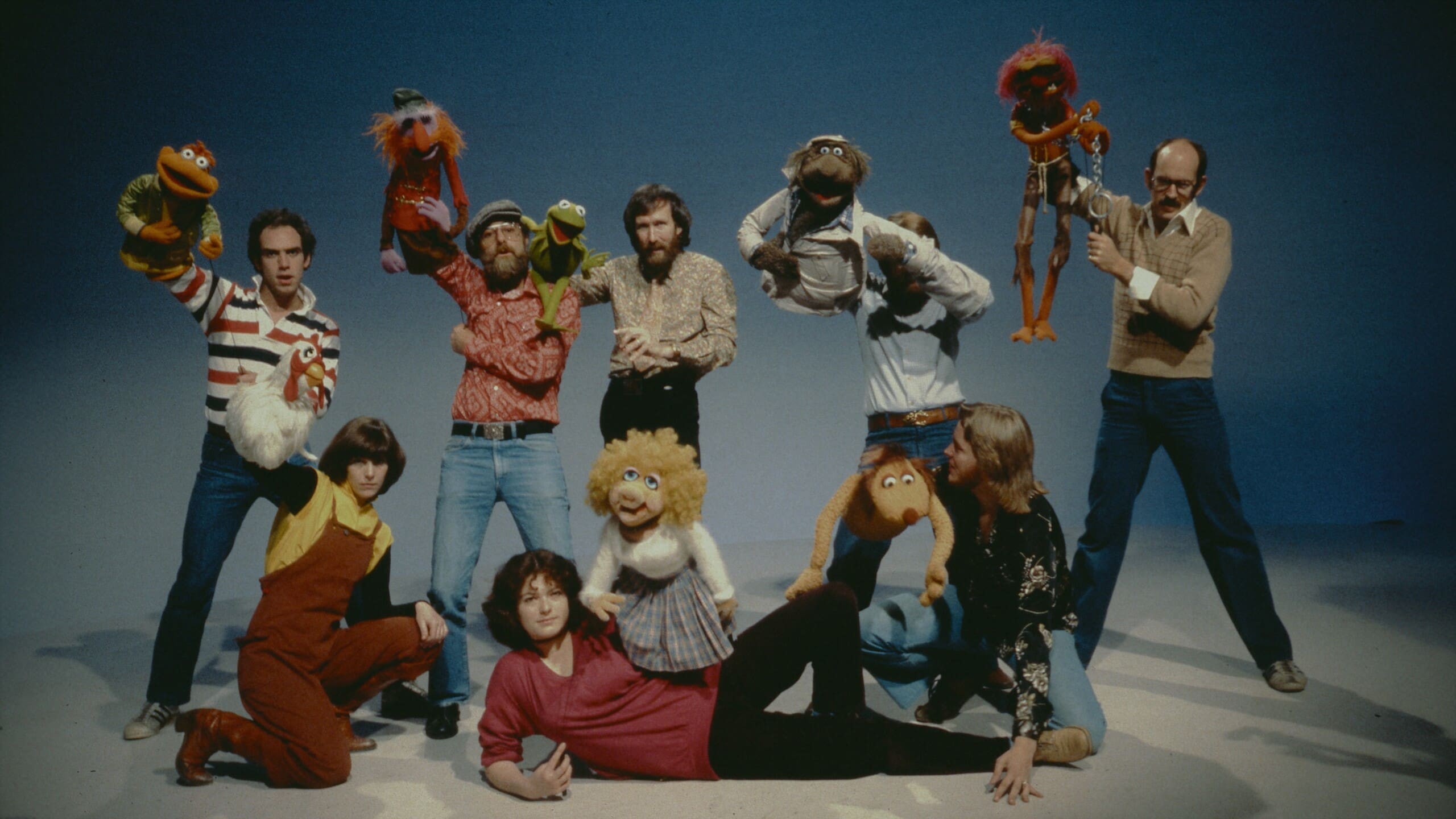
Written by Nicholas Diodato
Ron Howard’s new documentary, Jim Henson: Idea Man, recaps the entire career of the legendary puppeteer, filmmaker, and animator, Jim Henson, the creator of Fraggle Rock, The Muppets, and Sesame Street. It has new interviews/talking heads with Henson’s peers, notably including his children and Frank Oz, and features a treasure trove of archival footage. While the film acts as a love letter to Henson’s work, the generalized approach to his career can at points be to the documentary’s detriment. The final project is still strong, but many segments feel less impactful than others. To compile a man’s entire creative career into two hours is no easy feat.
The fast-paced, boatload of information about Henson is all fascinating. Seeing his creativity evolve, making him the legend he is now, feels a little hollow under Howard’s vision. Henson’s older works can easily be found on the internet, but the movie makes up for this by delving into the contradictory nature of his excessive output. It notes how Henson was unforgiving to his health, mental and physical, and neglected time with his family. Time is brought up again and again, as Howard highlights how Henson’s actions reflected his existential fear of time. This adds a new layer to Henson that feels both gratifying and stressful. Anyone can relate to this anxiety, and it taints the rest of the film, in a way for the better. It tackles this subject in a very creative way, by superimposing footage of animated clocks looming over Henson’s home and work life. However, even with these creative visuals, the documentary still holds a traditional tone and helps structure the expressionistic, experimental, mad worlds Henson produced.
The biggest issue with this project is its scope. The emotional portions are nowhere near as impactful as the music score wants us to believe because of the rushed storytelling. So much happens that only a few themes feel worthwhile—to the point where interpersonal concepts aren’t fully explored. The mention of Henson’s spirituality comes and goes so quickly and never comes back, instead going back to detailing film productions and his fame. If these factions feel shallow, it begs the question: Why not focus on one phase of Henson’s life? Why tell every part of it?
One of the most beautiful scenes comes when we see behind-the-scenes footage of Henson working with one of his sons. He smiles, laughs, expresses his stress, makes jokes. That small, brief portrait was the most illuminating moment, the audience sees his authentic self, not performing. An entire film like that would be glorious, simply watching the link between Henson’s performative and non-performative life. His family ties and his sacrifices were gripping stories that could have been explored for hours, yet they went by in a few minutes. While this project doesn’t feel unfocused, it does come across as bloated. It does show Henson’s true complexities but does not let the audience holistically feel his truth. To capture someone’s creative career is nearly impossible—especially the impact his work had on his audience.
While Howard’s vision feels wholesome and loving to the hard work of a single individual, but Jim Henson: Idea Man loses depth by showing too much content. Henson was a brilliant artist who built worlds and lost himself in his creativity and that is something the film highlights greatly, but it loses the personability the audience yearns for. While the documentary never becomes boring or drags, it does feel unengaged, always telling audiences how to feel instead of letting the experience cut deep. There is beauty to behold, but it’s questionable if the end goal was ever worth it. Instead, it feels an ad for Disney’s properties, something Henson would have hated.

